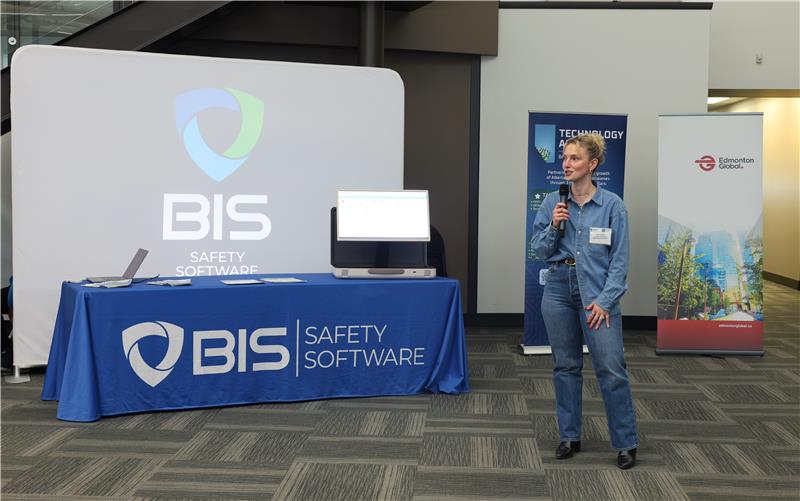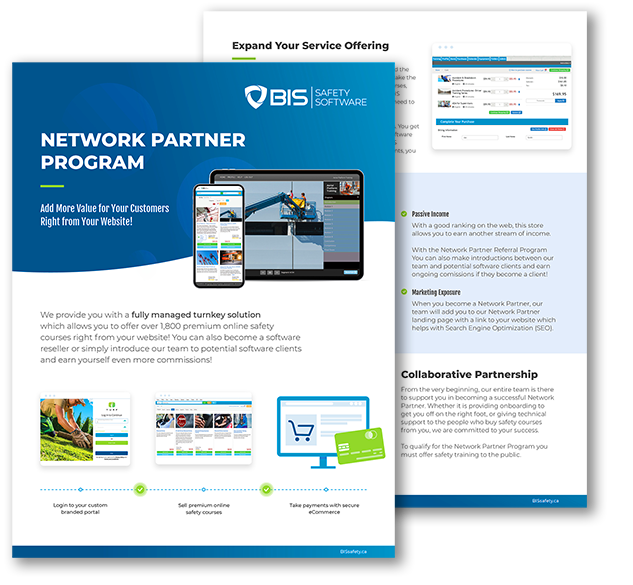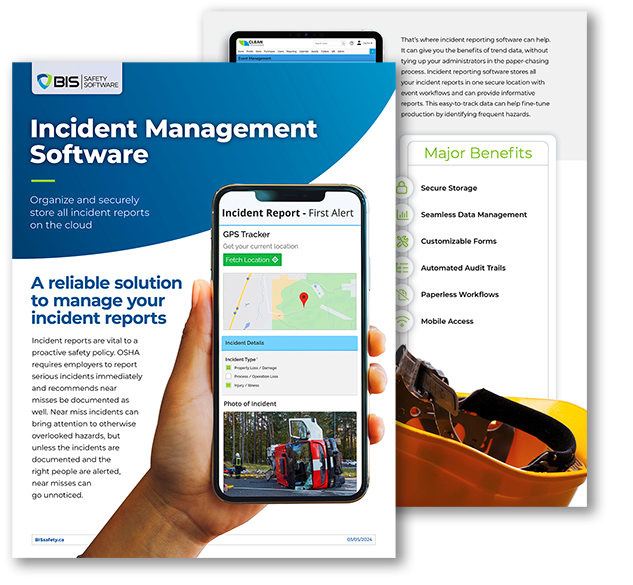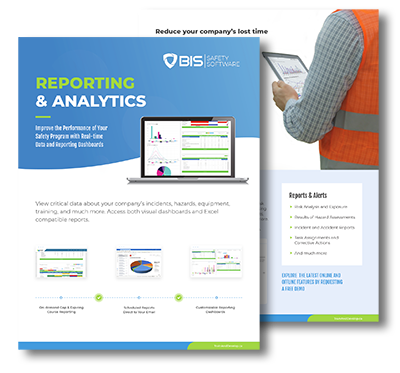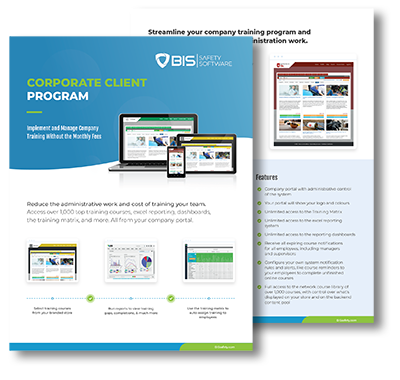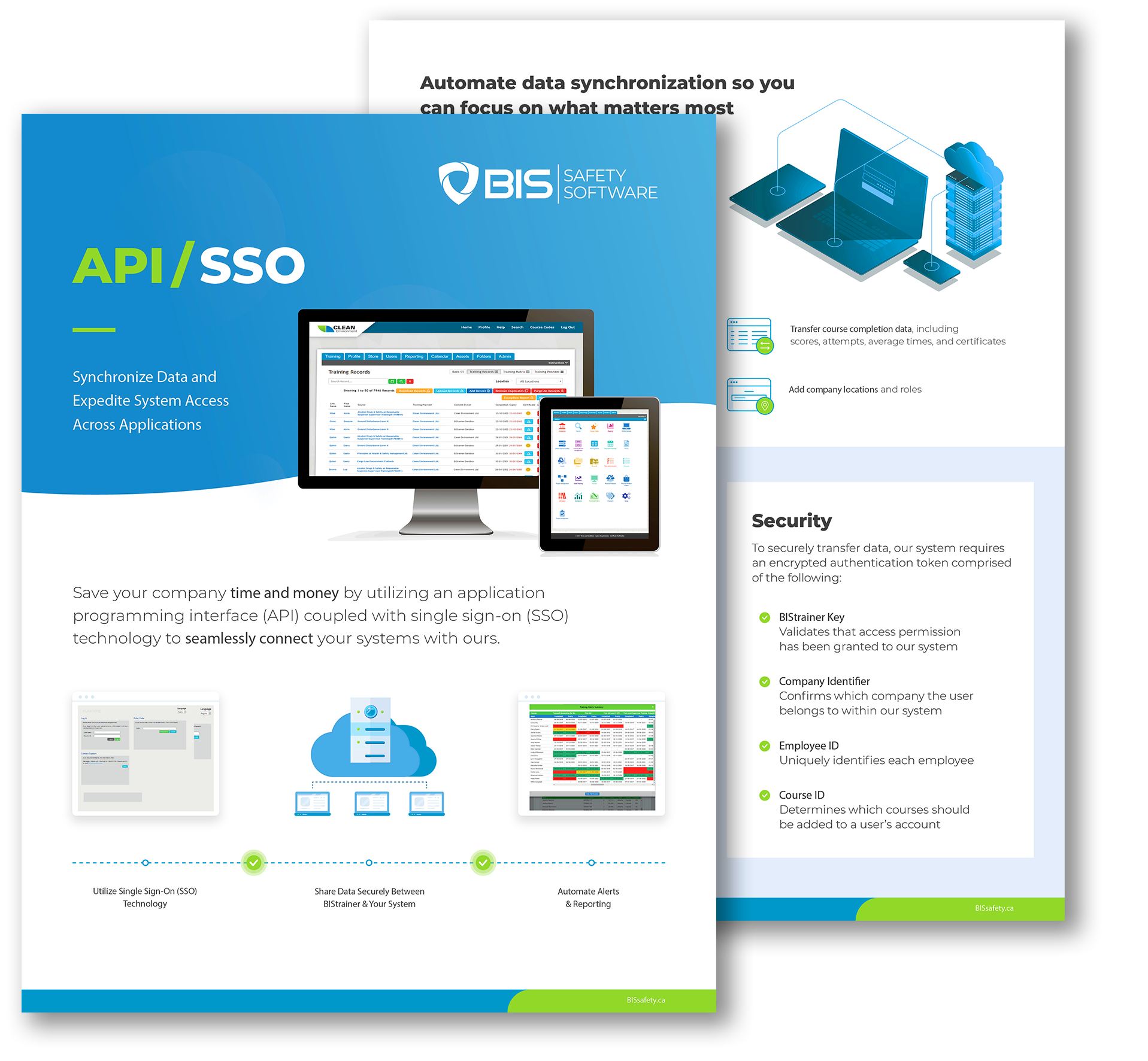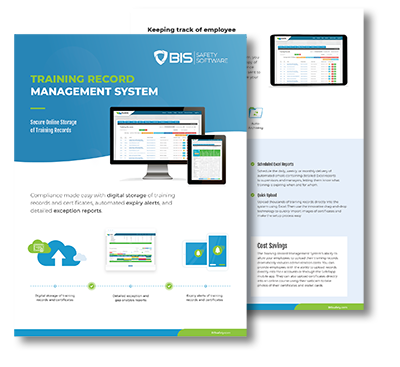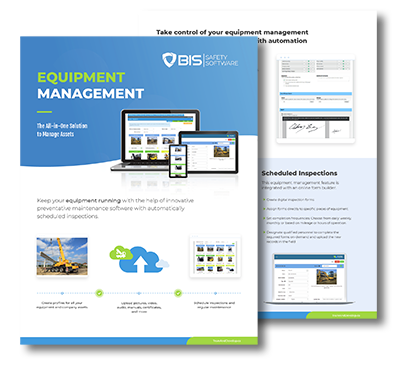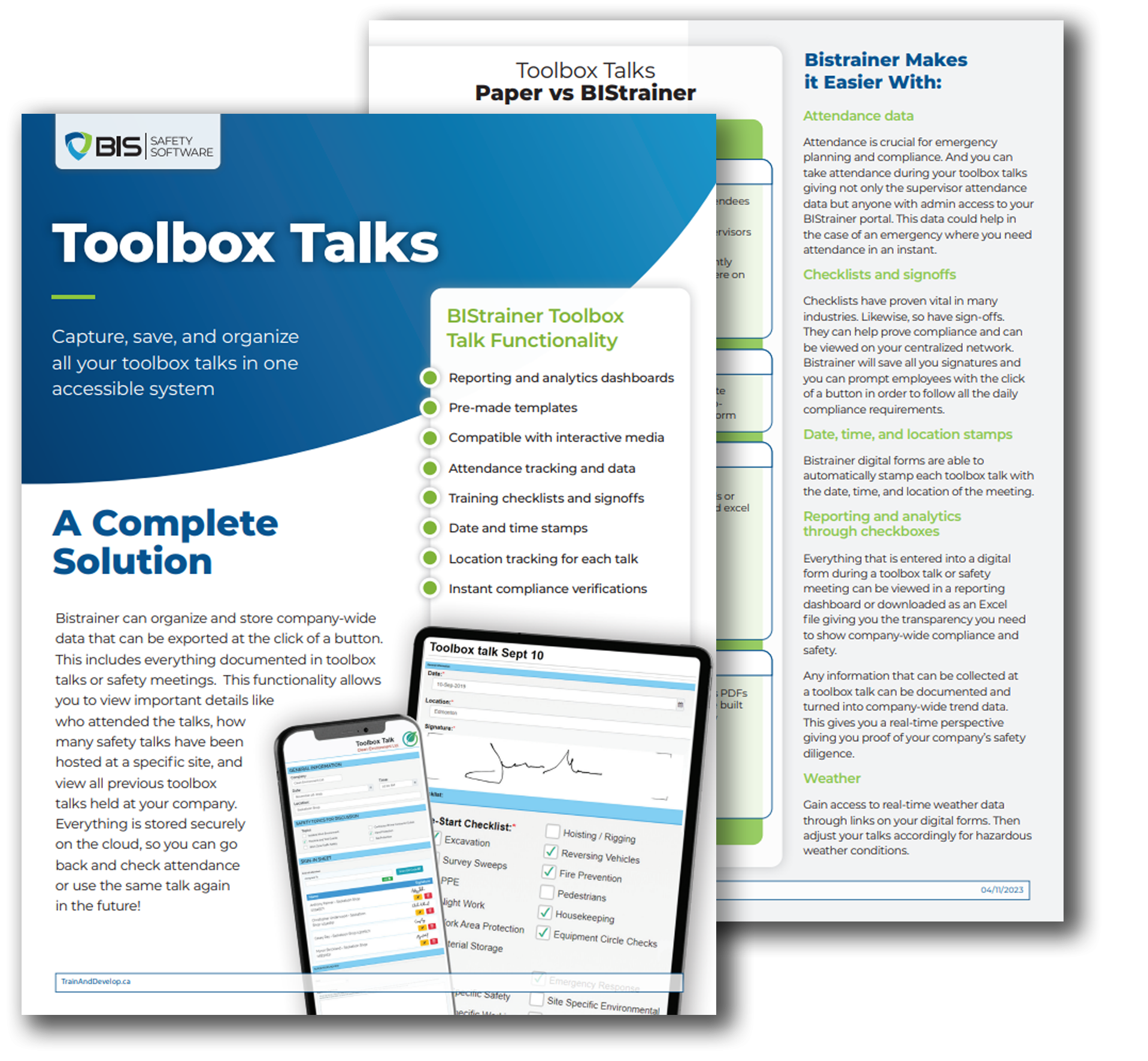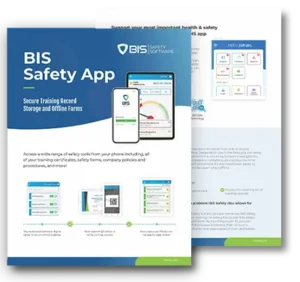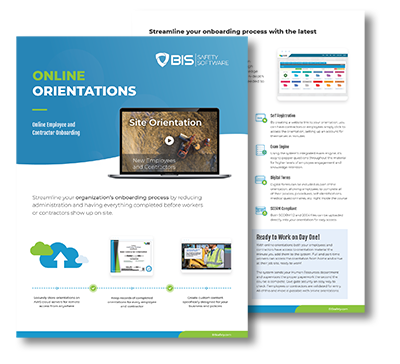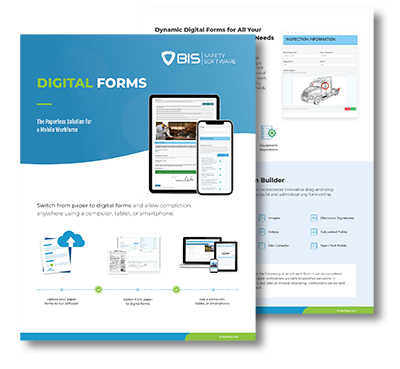BIS Safety Software
Evacuation Procedures
Our comprehensive Evacuation Procedures course, designed for online learning, equips employees with the knowledge required to act promptly and safely during an evacuation.

Our comprehensive online Evacuation Procedures course equips employees with the knowledge required to act promptly and safely during an evacuation. Handling an emergency can be daunting. Vacating a facility in the midst of such a situation can be equally challenging. During a crisis, clear thinking and logical actions can be difficult, and the instinct to escape can swiftly escalate into panic. This can often lead to a chaotic rush resulting in injuries and damage to property. However, with the appropriate knowledge from our Evacuation Procedures course, you can facilitate a calm and orderly evacuation.
The Evacuation Procedures course covers these vital topics:
- The Evacuation Team
- How to prepare for an evacuation
- Basic procedures for evacuation
- Procedures for evacuating multi-story buildings
- Handling fires and explosions
- How to deal with HAZMAT emergencies
- And more
Estimated completion time is 30 minutes
Testing conducted throughout this online Evacuation Procedures course is designed to reinforce the information presented. A mark of 80% must be achieved in order to pass this course. The course can be attempted three times to attain the pass mark. Printable resources are available in the form of a comprehensive student manual. The manual serves as a valuable reference for future use and knowledge retention.
Upon successful completion of this online Evacuation Procedures course, a certificate of completion will be available for download and printing.
Course Details
Course Length
This course will take roughly 30 minutes
Passing Mark
To pass this training course, you need to score 80% or higher on the quiz
Certificate
Upon the successful completion of this course a certificate with your name will be stored on your profile and available to print
Additional Training Courses

Protecting Health and Safety of Vulnerable Workers in the Agricultural Workplace – Awareness Course
This course primarily focuses on identifying vulnerable workers within an agricultural setting. It expounds on training and communication strategies for such workers and provides...

Carry Deck Crane – Operator Safety (OSHA)
This is a comprehensive online training class for CD Cranes (Carry Deck Cranes) operators, which complies with OSHA's stipulations for the theoretical part of...

Portable Fire Extinguisher Safety
This course aims to educate learners on the proper use and limitations of a portable fire extinguisher. While compliance with OSHA regulations is a...







